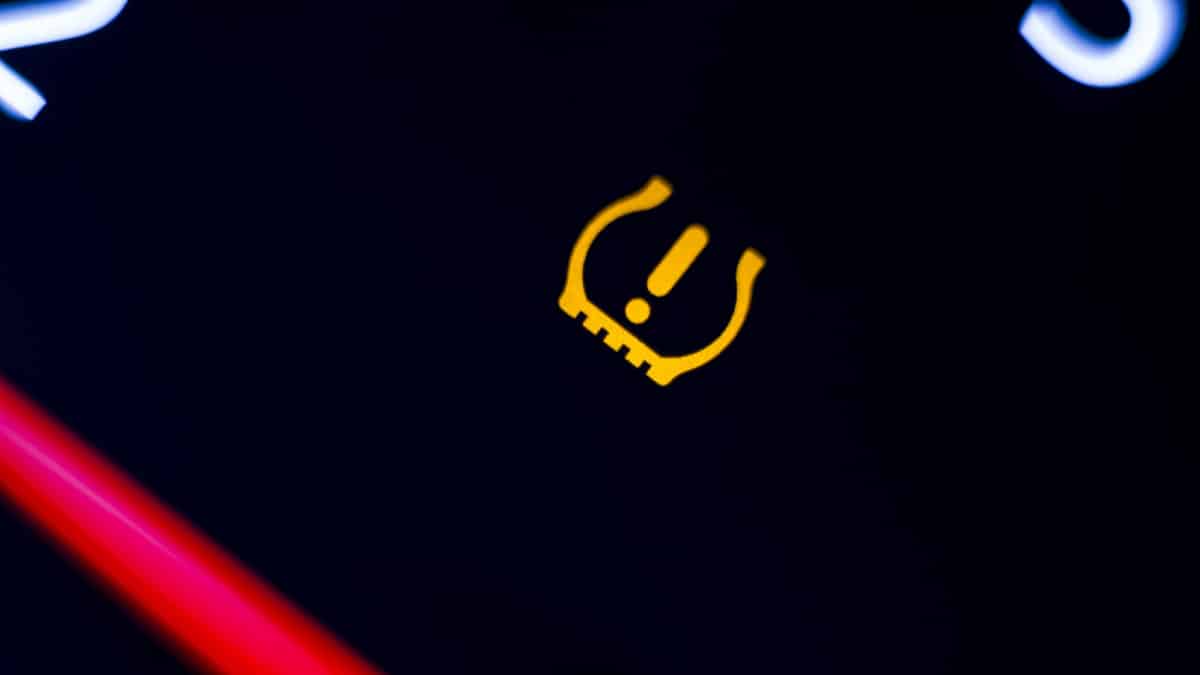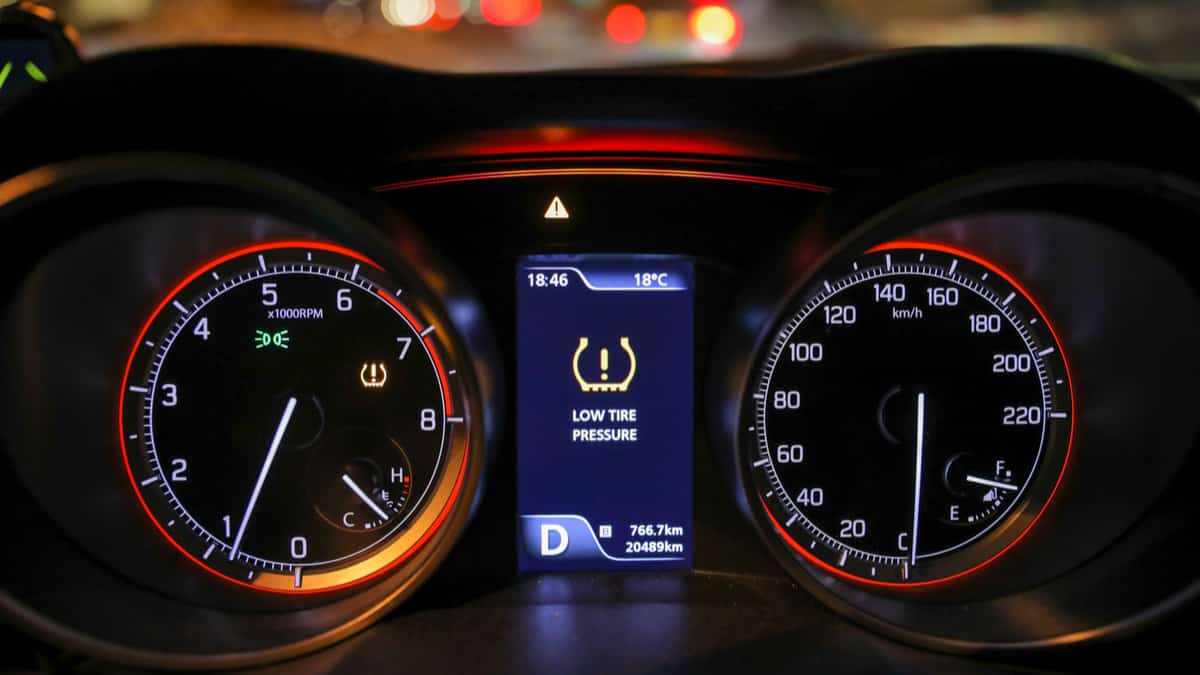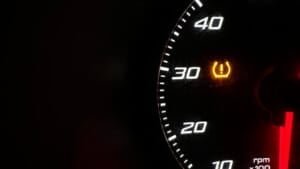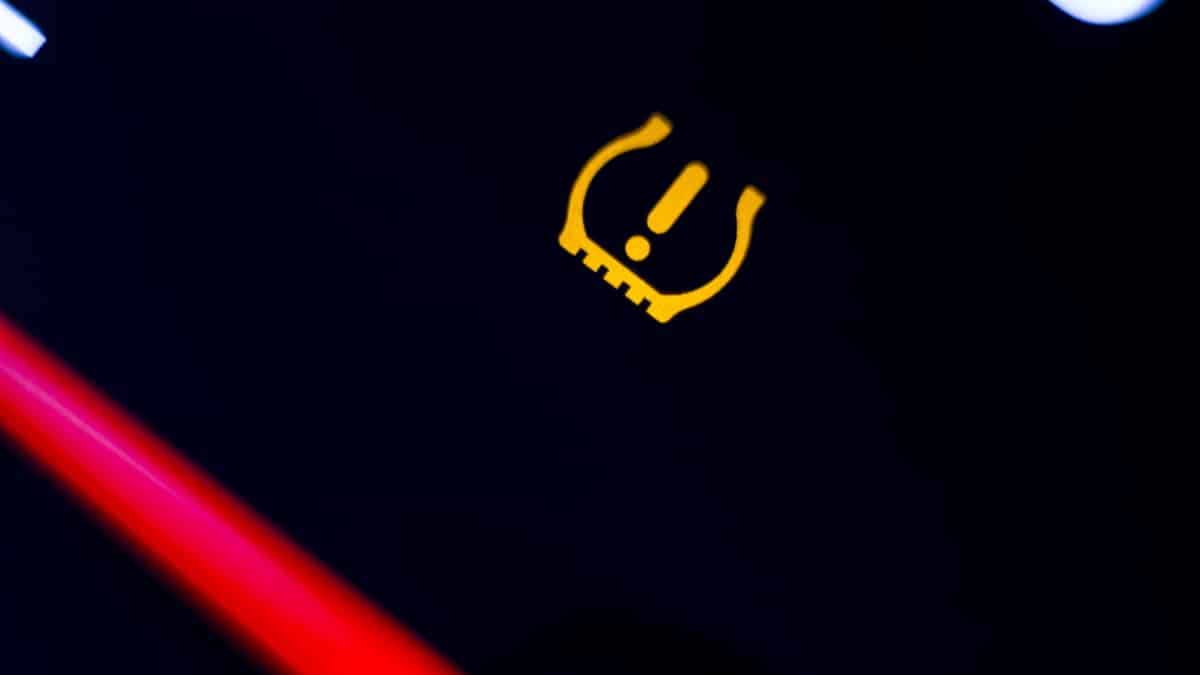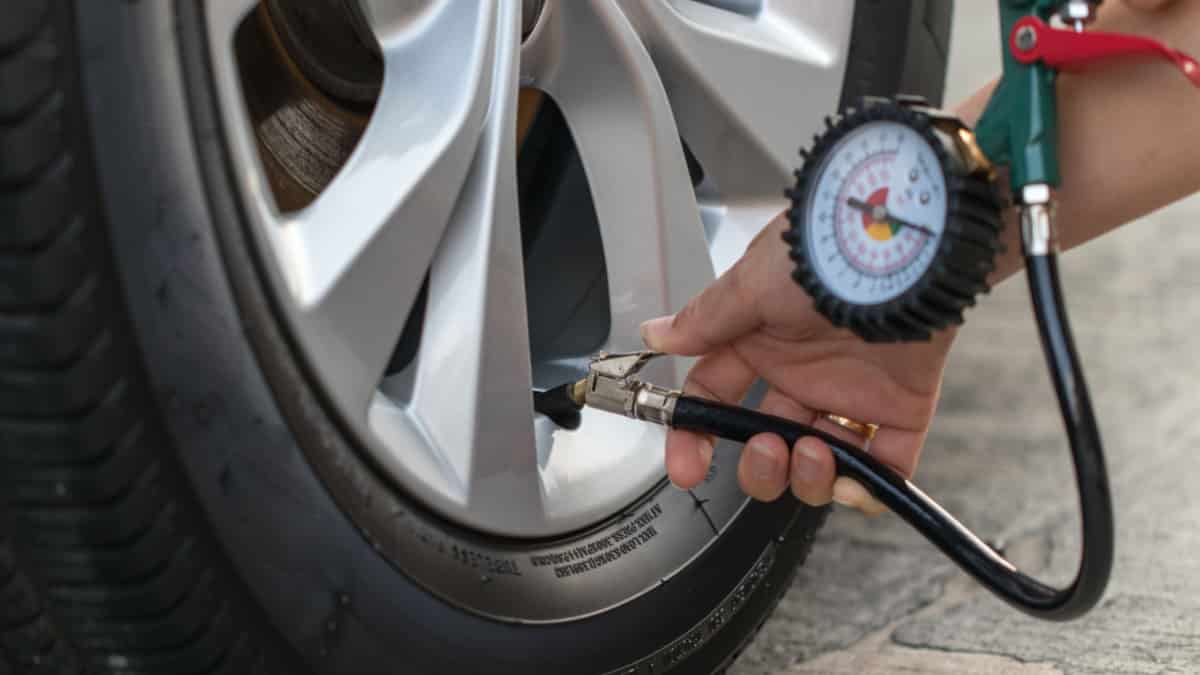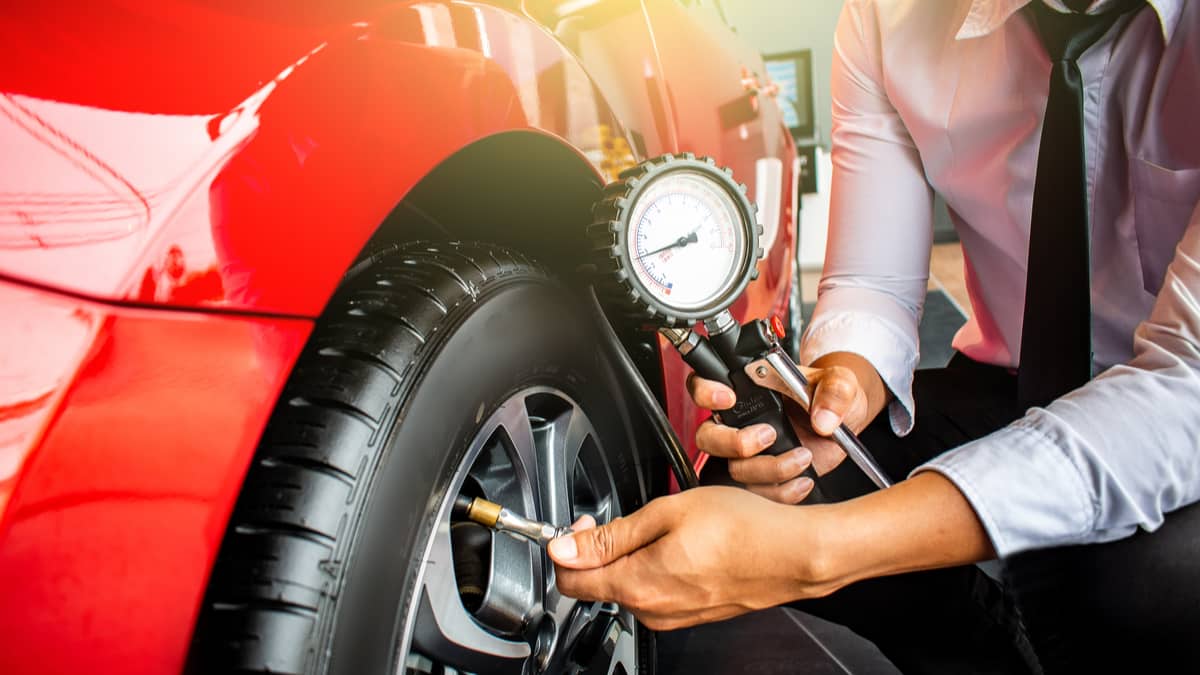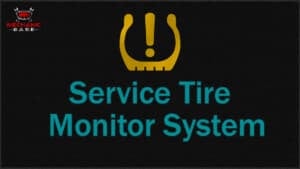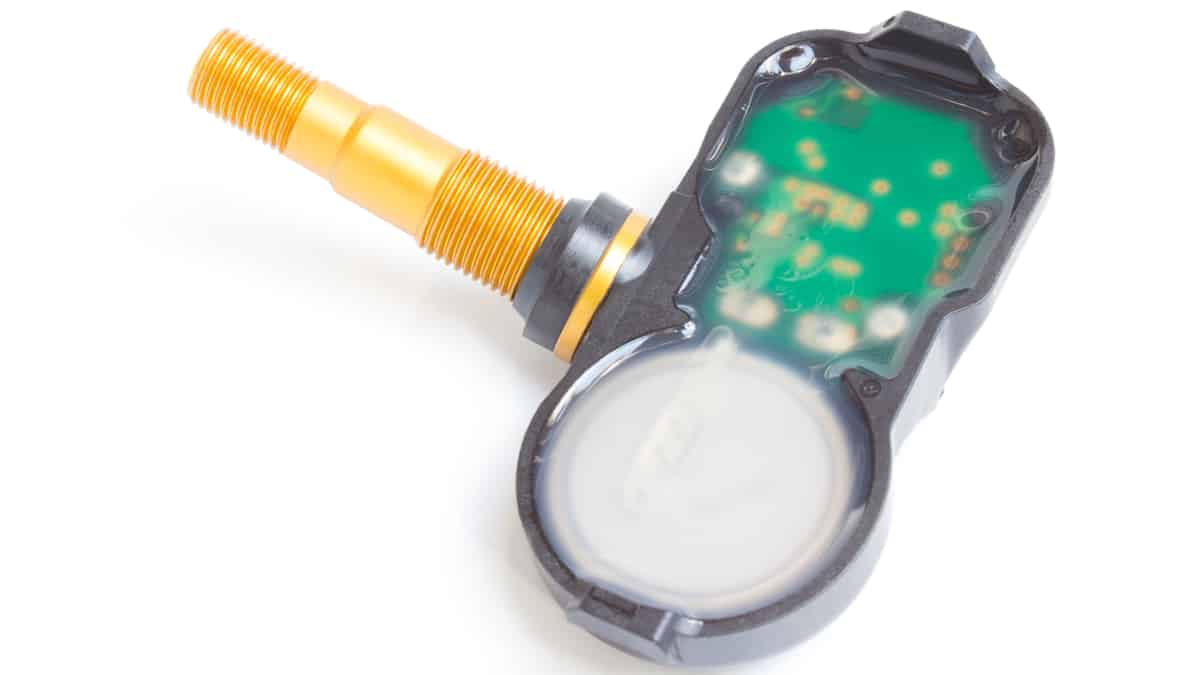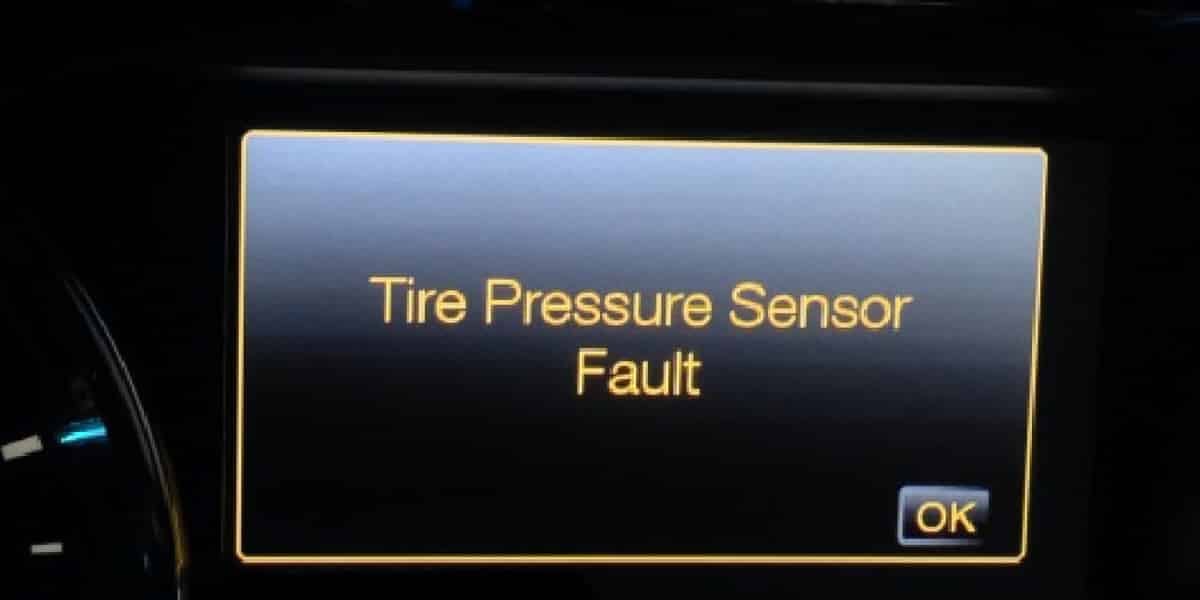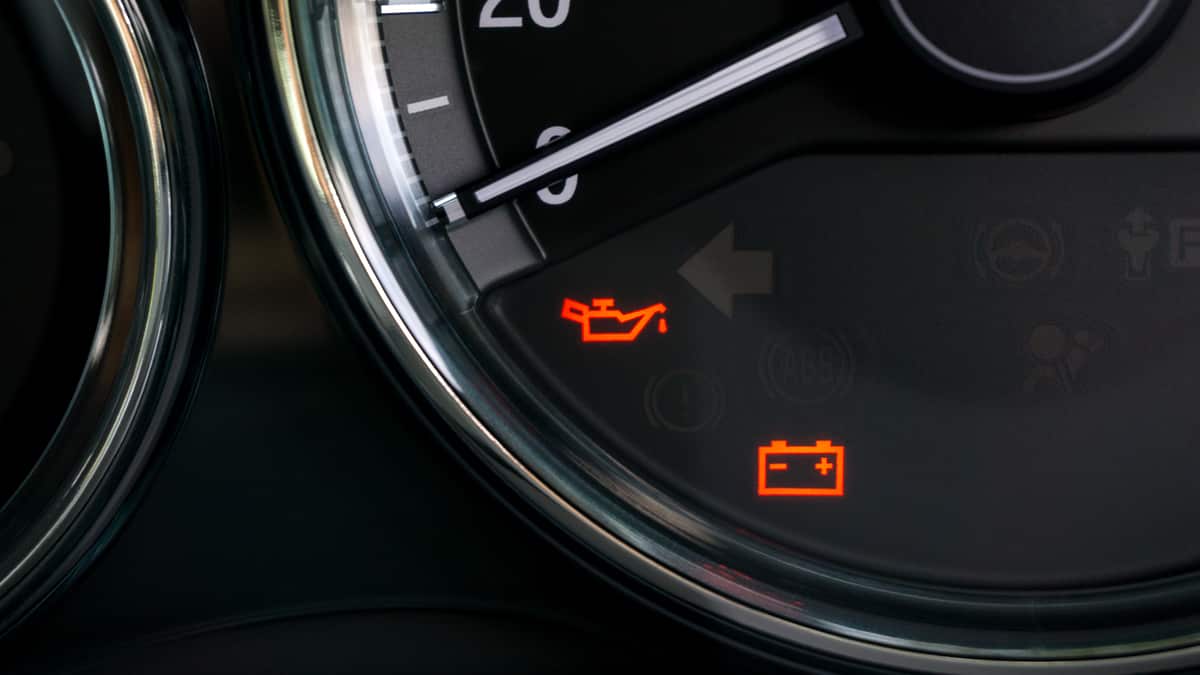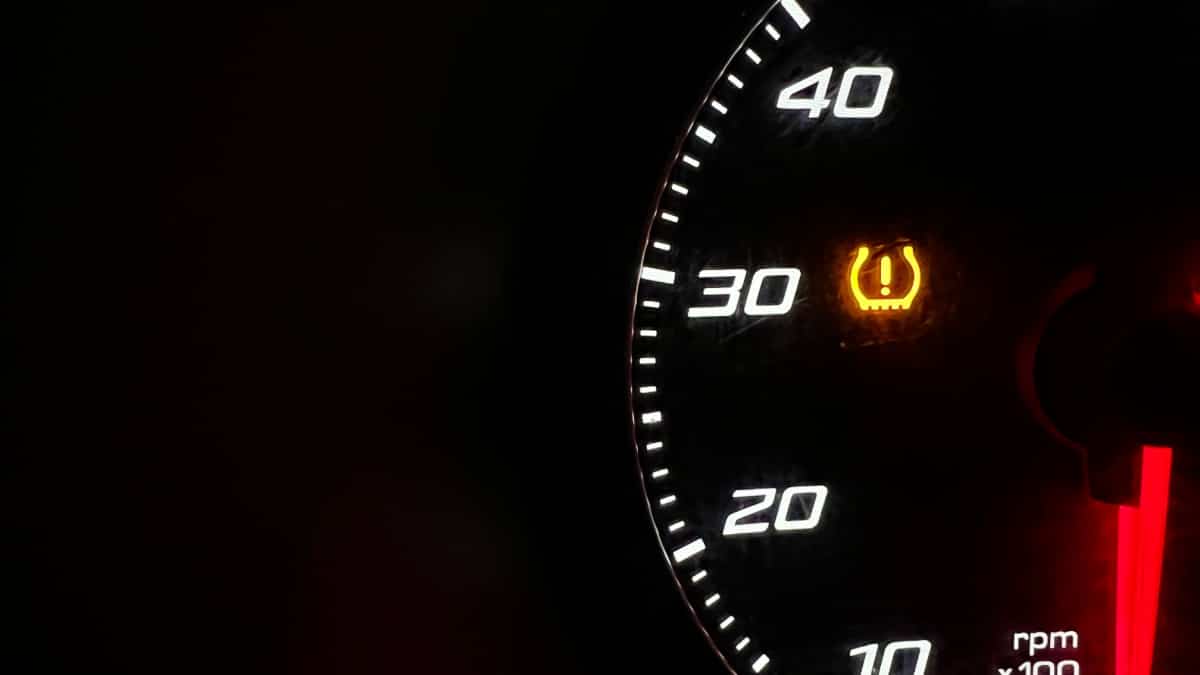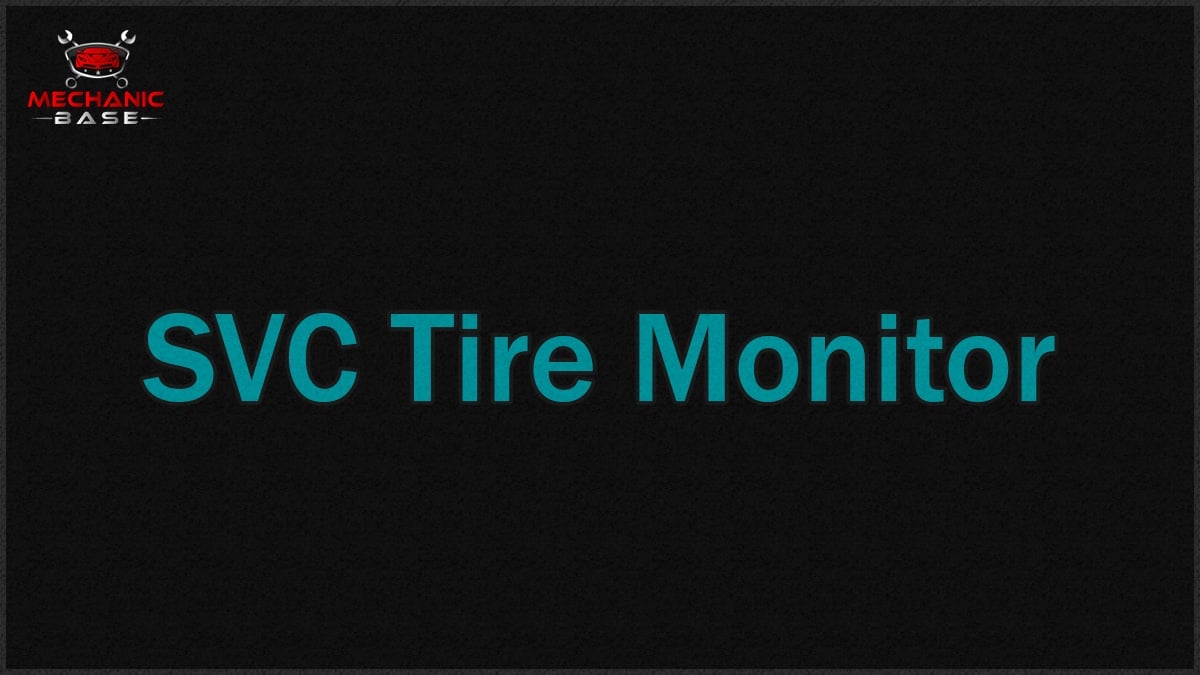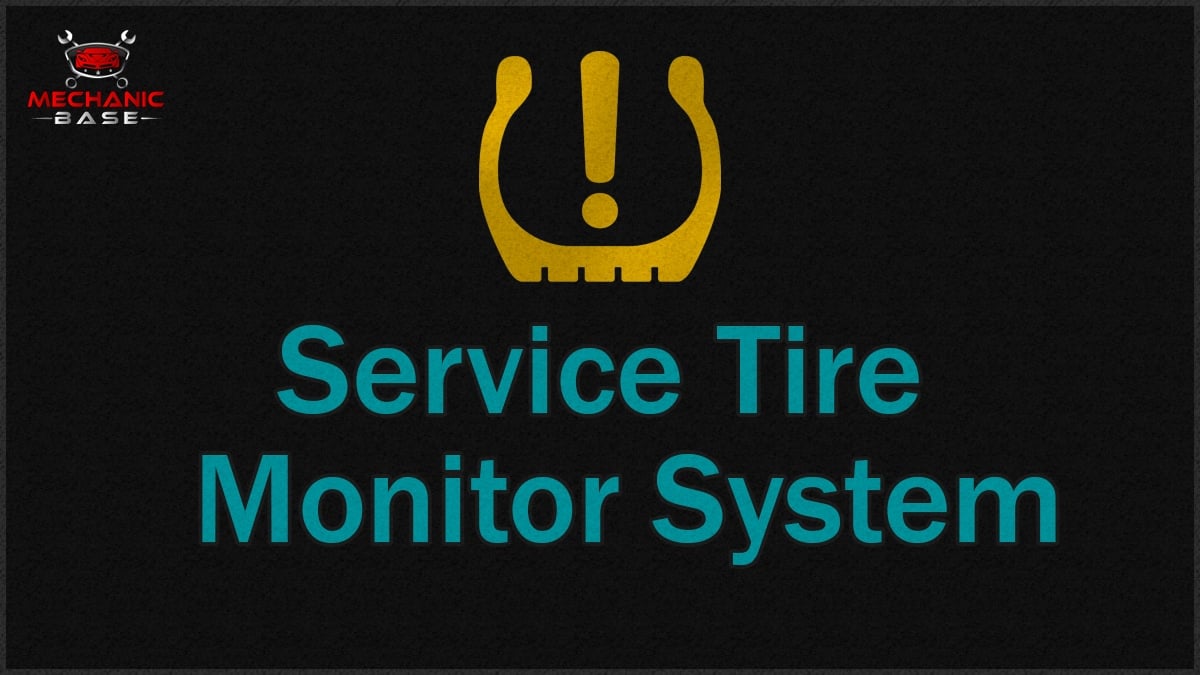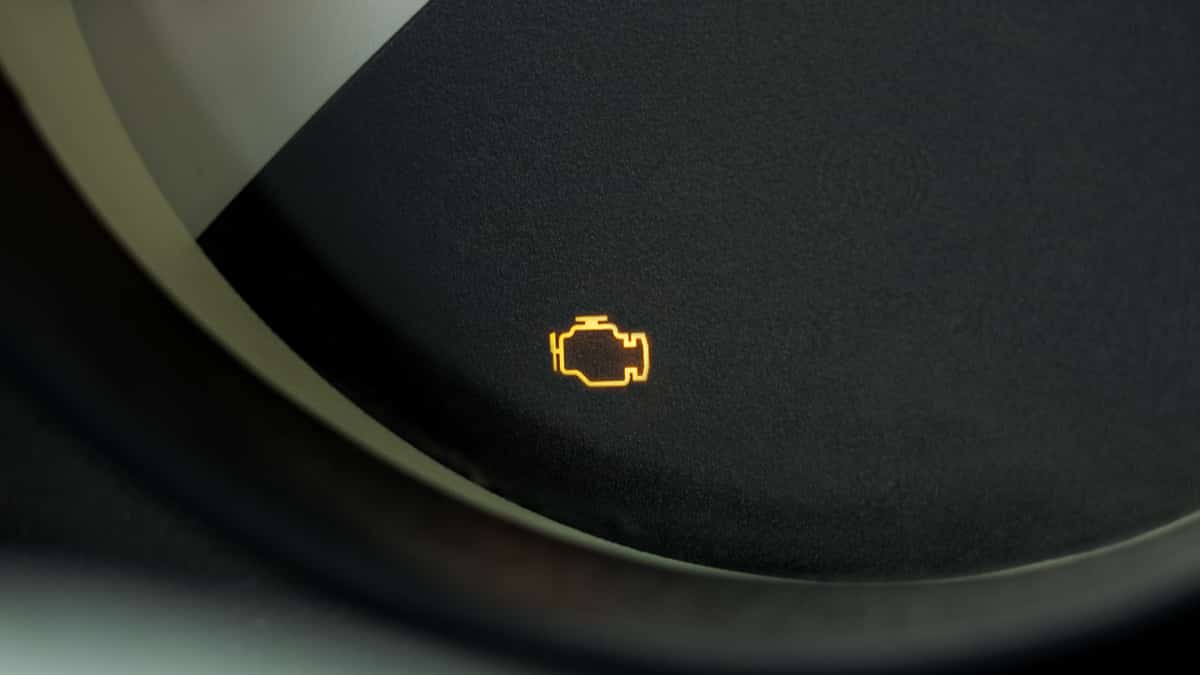With today’s cars, you don’t have to worry as much as you used to about the tire pressure being right. Thanks to the tire pressure light, you get an alert when the pressure is off. However, this light can go on for other reasons, which is why it’s important to know what the alert means.
In this guide, we cover the meaning of the tire pressure warning light. We also look at some of the top causes and review how you should fix them. When you arrive at the end of our article, you gain some answers to questions that have been bothering you.
What Does A Tire Pressure Light Mean?
The tire pressure light indicates either that there is low tire pressure in one or more of the tires, or that there is a malfunction in the tire pressure monitoring system (TPMS).
The tire pressure monitoring system measures how much air pressure is in the tires of a vehicle. The TPMS system reports the data to the computer, and a light comes on the dashboard if the values are outside the normal parameters.
This technology first arrived in Europe with luxury models in the 1980s. It wasn’t until the 2000 TREAD Act in the United States that it was adopted across the board. This vital act was created to counterbalance the controversy of Firestone tires and Ford vehicles in the 1990s. During that time, hundreds of deaths occurred because of defective tires.
Causes of A Tire Pressure Light
When the tire pressure light comes on, you can pretty much bet that one of the tires is low or that there’s a problem with the TPMS equipment. Most people prefer to start by checking tire pressures, but here are all the possible causes you could be facing:
1. Low Tire Pressure
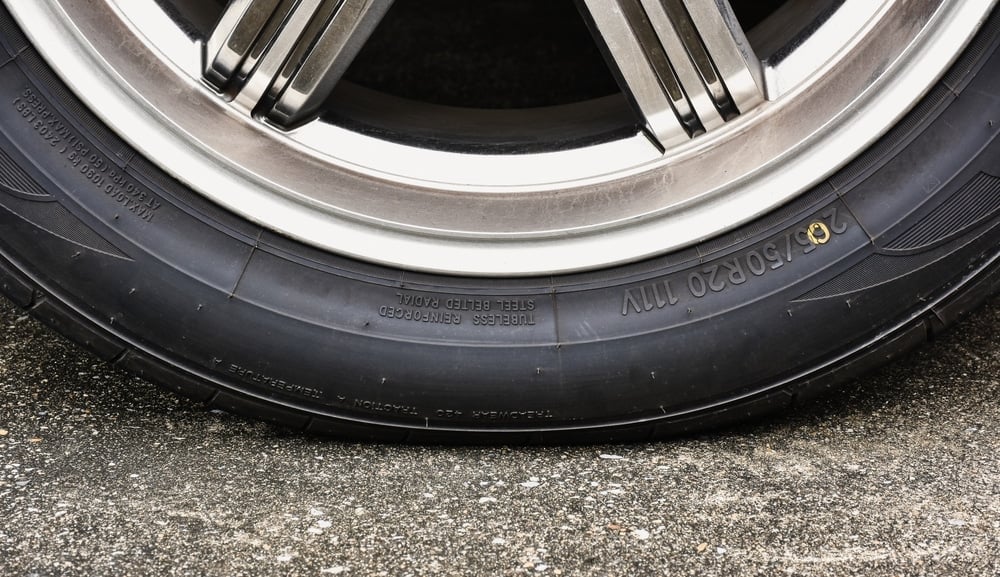
The most common cause of the tire pressure light is low tire pressure. Considering this is the purpose of the light, it’s safe to assume that one of the tires needs air.
In some vehicles, the infotainment system will also tell you which tire is low on air, making it easier to repair. If it doesn’t, you can use your tire pressure gauge to match up the measurements with what’s on the driver’s side door panel.
2. Faulty Tire Pressure Sensor
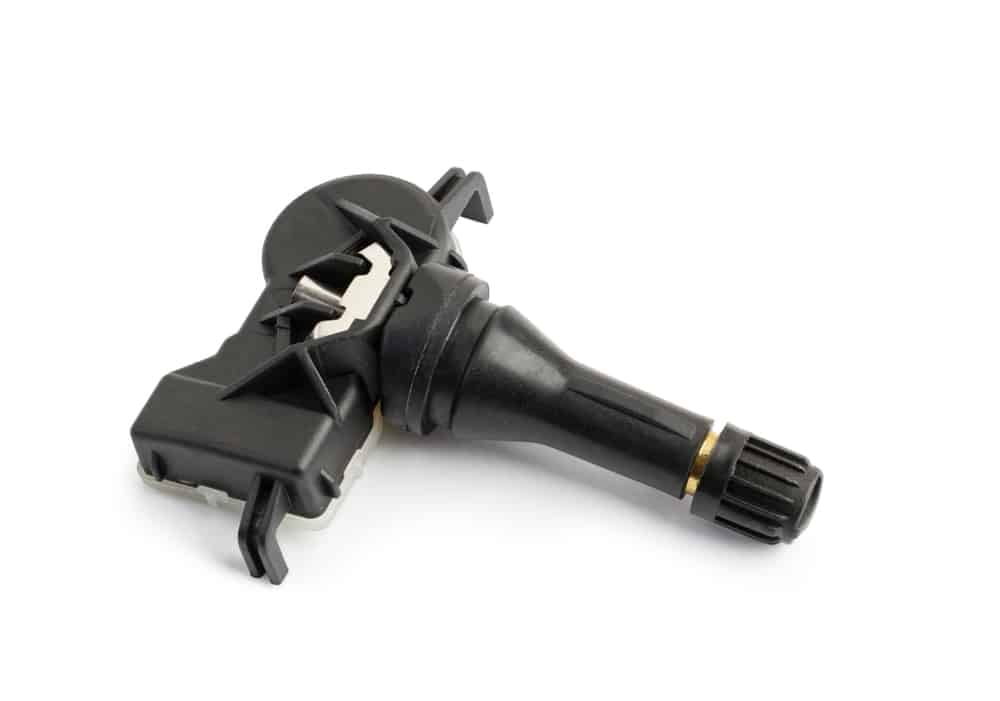
The tire pressure sensors are located on the tires and are prone to damage. In general, these sensors should last five to ten years as long as they don’t become too contaminated with dirt and debris.
Another issue that leads to sensor malfunction is putting other items into the tire. For example, both flat repair sealants and nitrogen fill-ups have been linked to sensor failure.
3. Tire Pressure Sensor Lost Memory
If a battery fails in the tire pressure sensor, you can get a false reading. There are other reasons for the lost memory too.
For example, if you are swapping out the car battery, memory can be lost to numerous accessories. One of these could be the tire pressure sensor system, depending on how your vehicle is configured.
4. Changed Wheels Without Reset
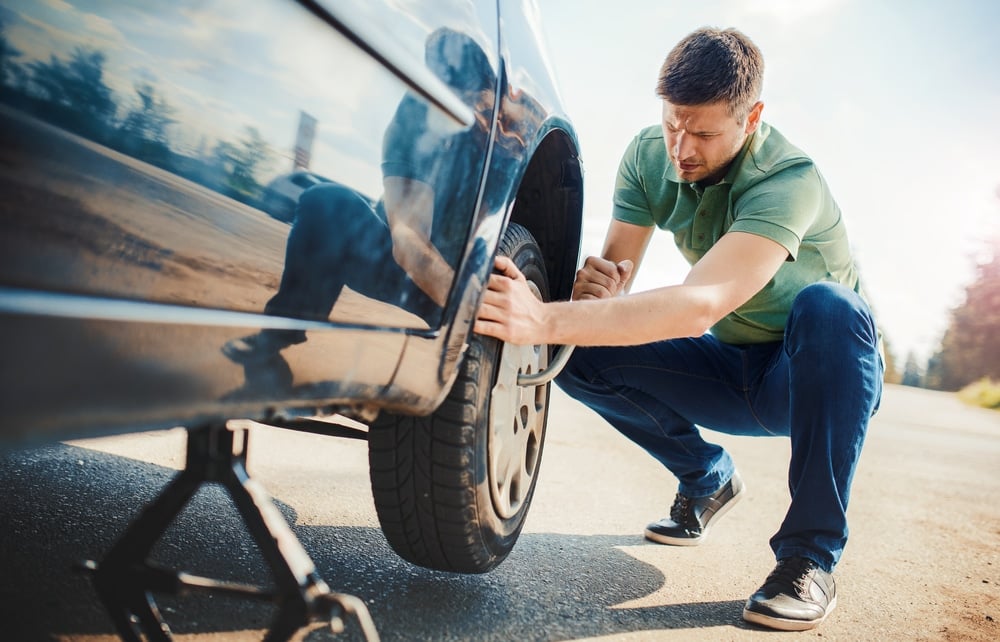
If you need to get new wheels due to an accident, or you want to upgrade, you could end up with problems on the TPMS. When wheels are changed out, it’s necessary to reset the tire pressure sensors.
Most reputable tire shops know this process and will take care of it for you. However, if they were in a hurry, they might have overlooked it. The same is true when the tires are replaced.
5. Tire Pressure Sensor Not Reset
When sensors are installed or the tires are worked on, the sensor needs to be reset. This problem happens most often after a tire rotation when the tires need to relearn the process.
Some tires require a TPMS tool to reset the calibration. Otherwise, you may simply be able to drive for a few minutes to have the tires relearn what’s needed.
6. Bad Car Battery
Because the TPMS runs on electrical power, the battery is necessary for proper operation. If the battery is going bad, you might have problems with the TPMS, along with other accessories and systems.
Additionally, a bad alternator could be to blame if you can’t keep the battery charged. A complete examination of the charging system would be in order.
How To Fix A Tire Pressure Light
The good news about working with a tire pressure light is that most problems aren’t complicated to fix. With some basic tools and beginner knowledge, it’s possible to get back on the road quickly.
We recommend checking the service manual for more information. Otherwise, you can follow these general steps.
1. Correct The Tire Pressure
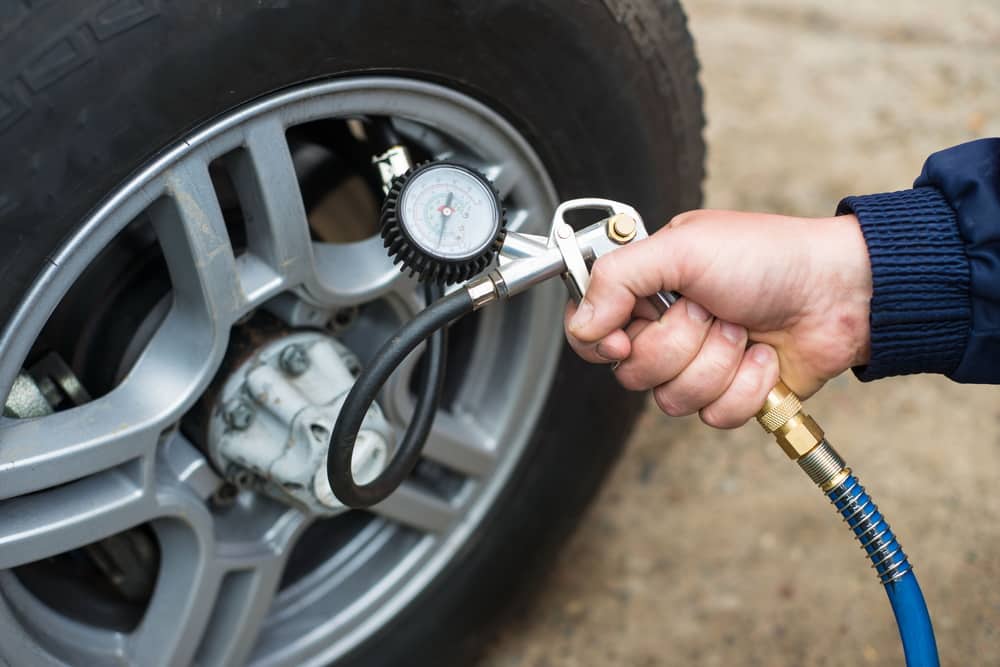
Your first step involves checking the tire pressures. If the system is telling you which tire is to blame, check this one first. Otherwise, go around to each of the tires with your gauge to see which one is low.
Ideally, you should check the tire pressure when they are cold and before they have been driven on. Compare the pressure you see with the recommended amount by the manufacturer. This information can be found in the owner’s manual or on the driver’s side door panel.
If the tires need more air, fill them up accordingly. The light should go off once the pressure is right. Otherwise, you need to move on to the other steps.
READ MORE: How to Find the Correct Tire Pressure For Your Car (4 Steps)
2. Reset Tire Pressure Light
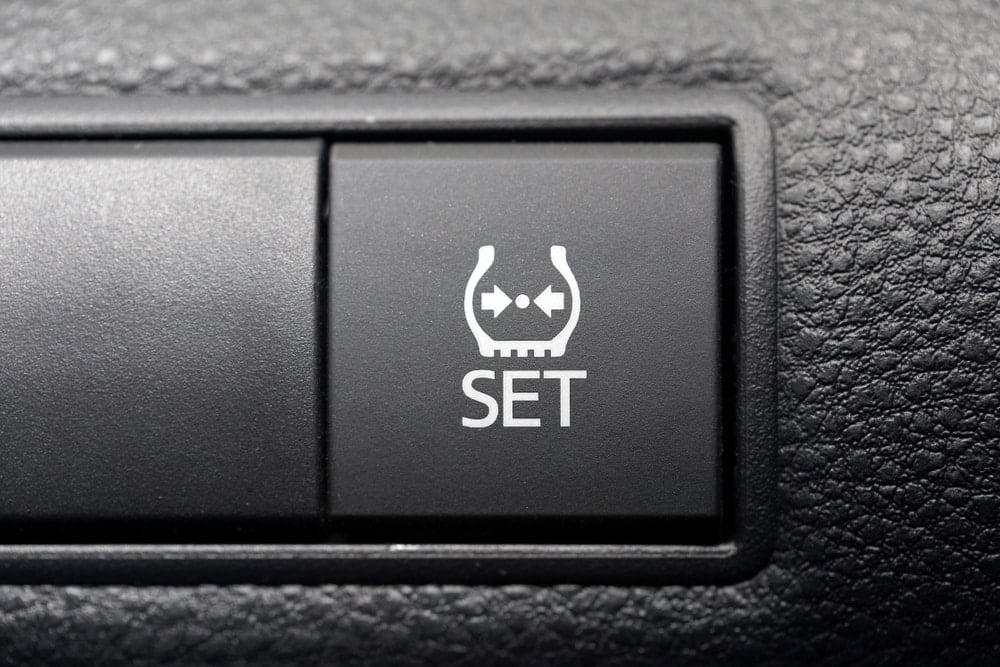
If the tire pressure light doesn’t go off after refilling the tires, or the light needs to be reset, you can try a few different methods. With most cars, driving over 50 mph for ten minutes is enough to reset the tire pressure light. By the next time you turn on the vehicle, the light should be off.
With some other models, you need to follow these steps.
- Turn the key ON. Do not start the vehicle.
- Hold down the TPMS reset button. This button is normally found under the steering wheel.
- After the warning light blinks three times, release the button.
- Start the vehicle and wait twenty seconds to see if the light resets.
If these steps don’t work, inflate the tires to 3 PSI over what’s recommended. You should also include the spare tire. Deflate the tires completely and reinflate them to the desired amount.
If nothing else has worked, you can disconnect the battery for a few minutes. This will remove power from the system, causing it to reset. However, it will also reset other functions, such as the stereo presets and seat memory settings.
LEARN MORE: How to Reset Tire Pressure Light (TPMS) – By Car Model
3. Read Trouble Codes
There’s a chance that reading the trouble codes will help you determine what’s wrong. Use your OBD2 code scanner to see if any DTCs have to do with the tire pressure sensors.
Not all code scanners will read this system. Therefore, you may need to visit a tire repair shop for additional information.
4. Replace & Reprogram Tire Pressure Sensors
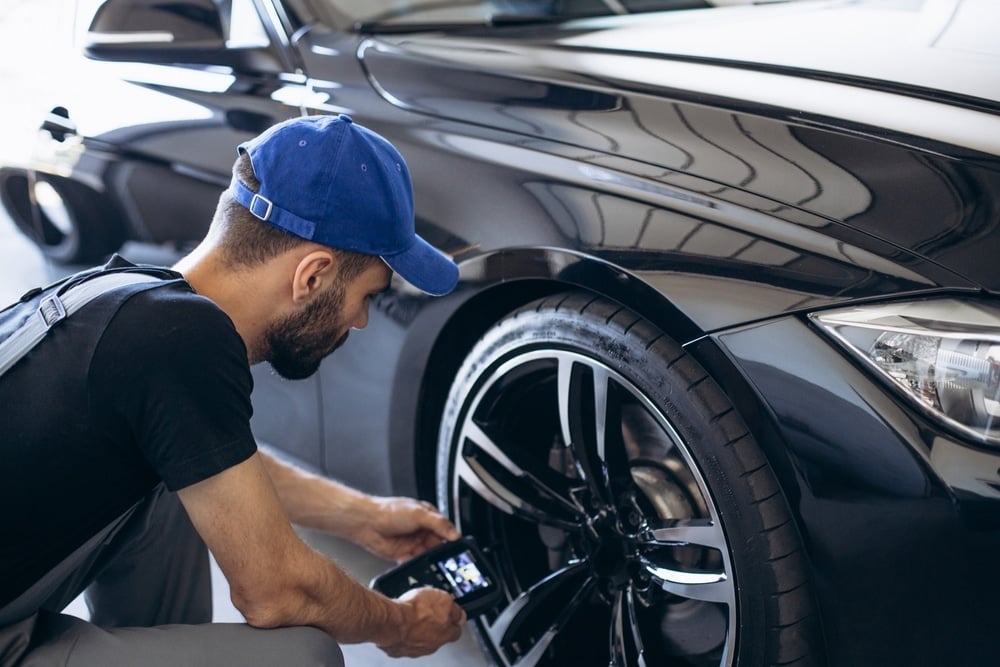
If you have had work on the tires or have recently installed new wheels, the problem may just be a reprogram. If you had the repairs done at the tire shop, take the vehicle back to them to have it reprogrammed.
If not, you may need a reprogramming TPMS tool to get the technology reset. However, most automakers include a way to reset and relearn with new sensors. You can read more about the procedure in your service manual or do a quick search online with your car model.
5. Replace Car Battery
If you’ve determined that the charging system is to blame, it might be time to replace your car battery. Check the voltage on your car battery with a multimeter to see if it is holding a charge. You can also take the battery to your local auto parts store for a free check. Many locations will also check the alternator.
When you put a new battery in, you may also need to reset the tire pressure sensor light. After a little bit of driving, the light should turn itself off.
6. Contact A Professional
If the previous procedures don’t help, or you can’t figure out what’s going on, it’s best to reach out to a professional. There’s no reason to bang your head against the wall when someone more experienced can easily figure out what the problem is.
In most cases, it makes sense to go to a tire repair shop since they are experts in TPMS equipment. However, you may already have a good relationship with an auto repair shop in your area that you prefer to use. Either way, it shouldn’t cost more than an hour of labor to figure out what’s going on.
Is it safe to drive with the tire pressure light on?
You should check the tire pressure as soon as you can to verify that none of them are losing pressure. If air is needed, go ahead and put it in. Otherwise, equipment failure could lead to an illuminated light when the pressures are fine. In these situations, we recommend getting repair as soon as possible.
Why is my tire pressure light on when my tires are fine?
One of the sensors might have gone bad or simply needs to be reset. Sensors have a limited life span, especially when subject to dirt and debris. On average, they may last five to ten years before replacement is necessary. Additionally, a dead battery could be the culprit.
How long can you go with the tire pressure light on?
If a tire is losing air pressure, you may not have a lot of time. Driving on a flat tire can lead to serious damage and increases the chance of an accident. The only way to know for sure is to check the tire pressures and see if air is being lost. If not, you should have the fault repaired right away.
Will a low tire pressure light go off on its own?
If the tire pressures are okay and everything in the system checks out, the light may simply need to be reset. You can typically reset the light by driving for an extended amount of time or by using the included reset button under the steering wheel. Read your owner’s manual to get more directions.
Can hot weather cause the tire pressure light to come on?
Tire pressures can change based on the weather, which is why you should always check the pressure before driving. For every ten degrees, the temperature goes up, the air pressure can also rise by one PSI. That’s why we always recommend checking tire pressures whenever the weather changes dramatically.
When the tire pressure light comes on your dashboard, it might catch you by surprise, but it’s not normally something to worry about. Simply pull over as soon as you can and check the tire pressures. If one of the tires is low, go ahead and fill it up before driving any further.
If the tire pressure isn’t causing the light to come on, there are bigger problems to look into. However, none of them are that severe and they are usually rectified with a simple solution. Make sure those tires are taken care of so you can remain safe on the road.
Learn more:
- Flashing Tire Pressure Light
- Low Tire Pressure Light Is On But Tires Are Fine – Causes & Fix
- Service Tire Monitor System: Meaning, Causes & How To Fix
Categories: Tires, Warning Lights
